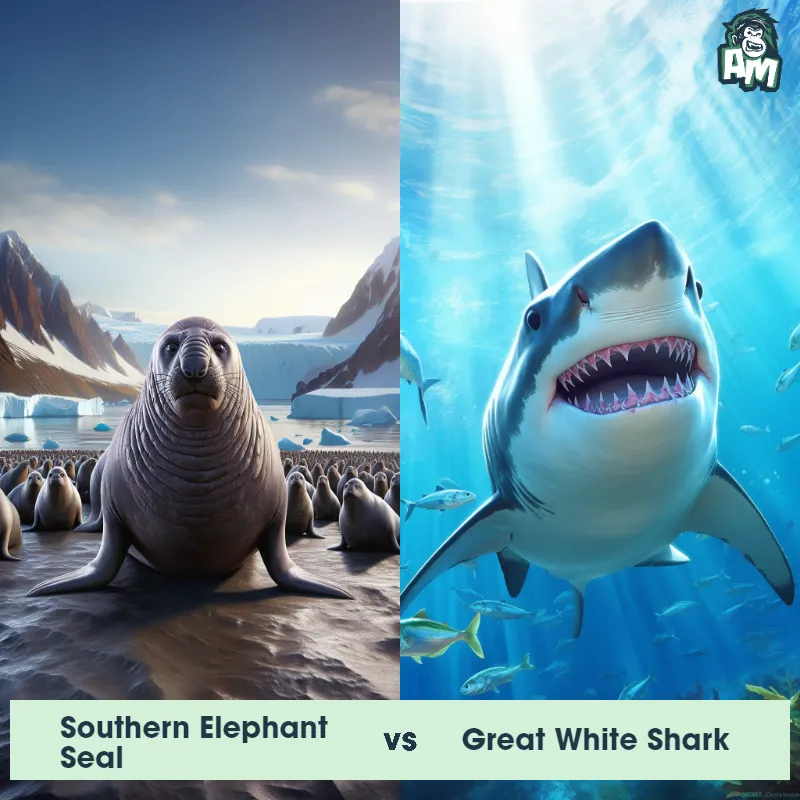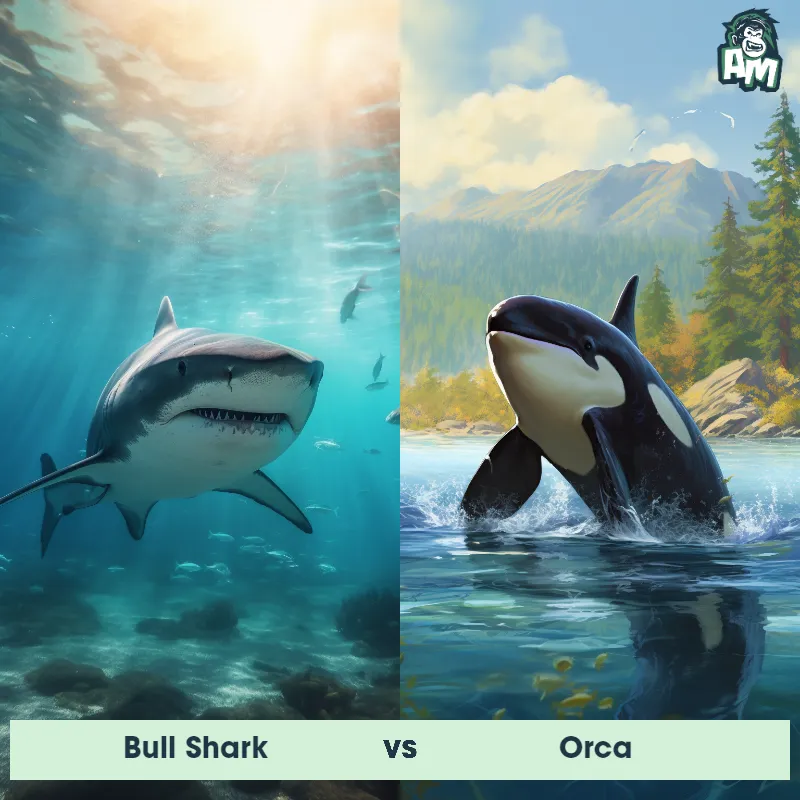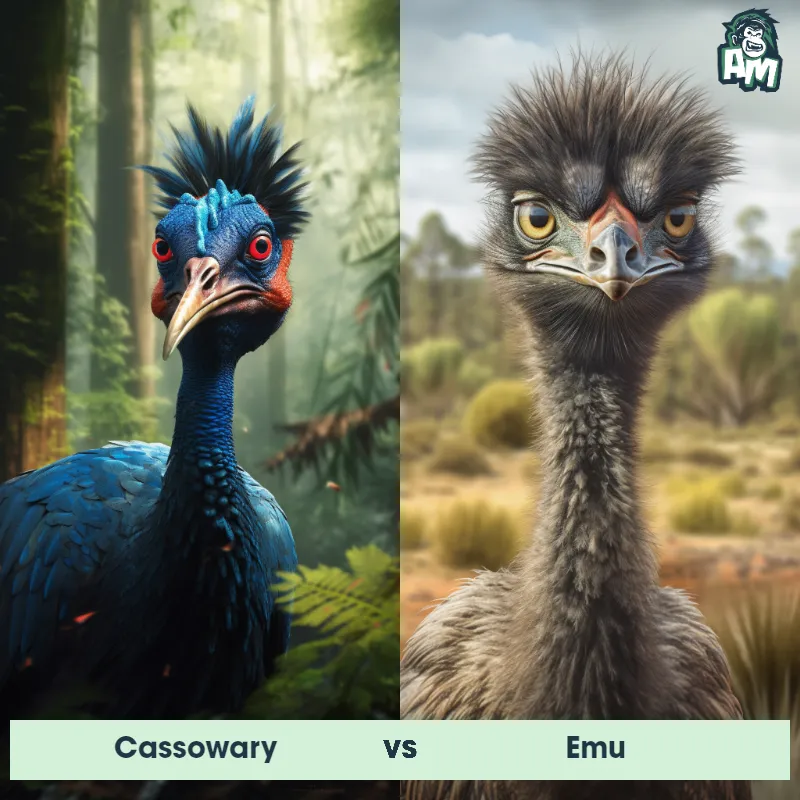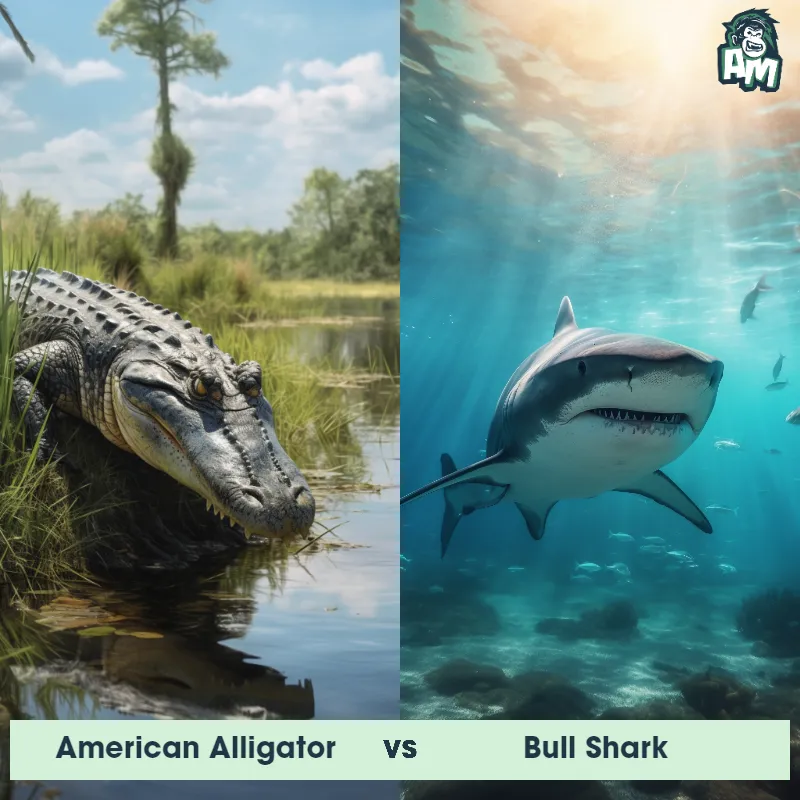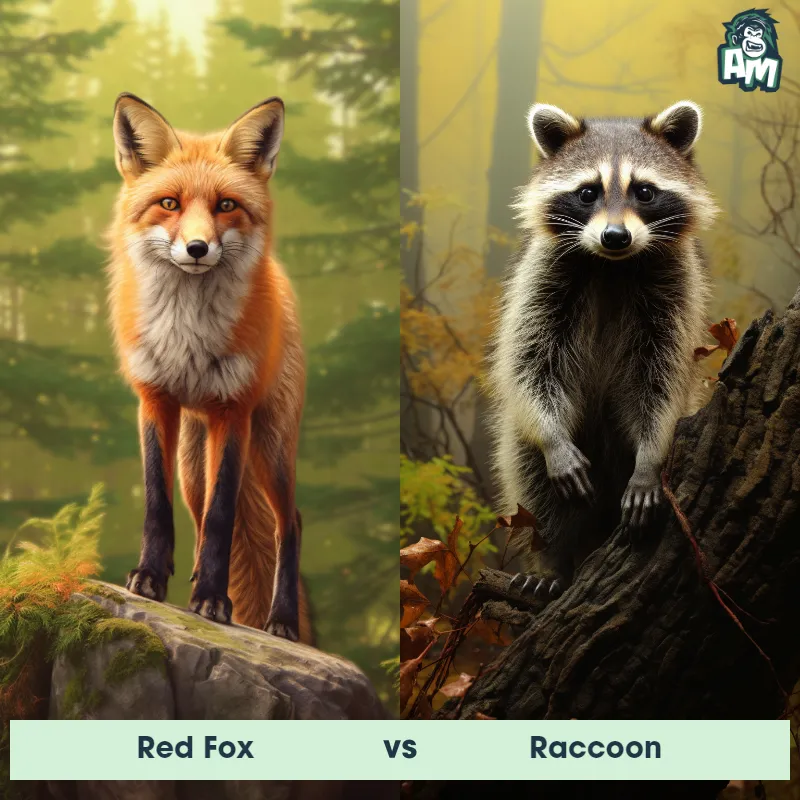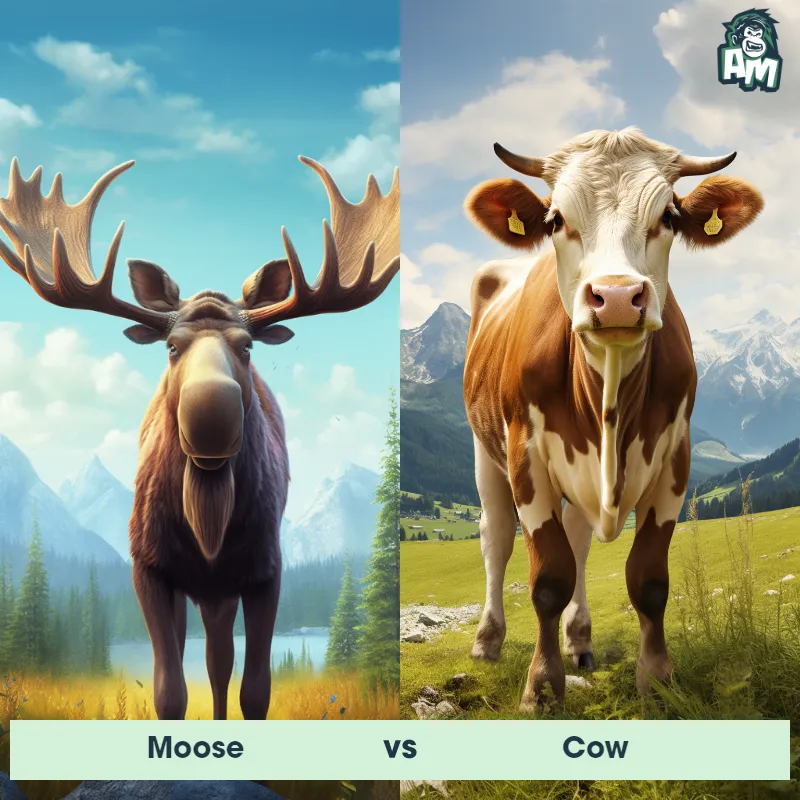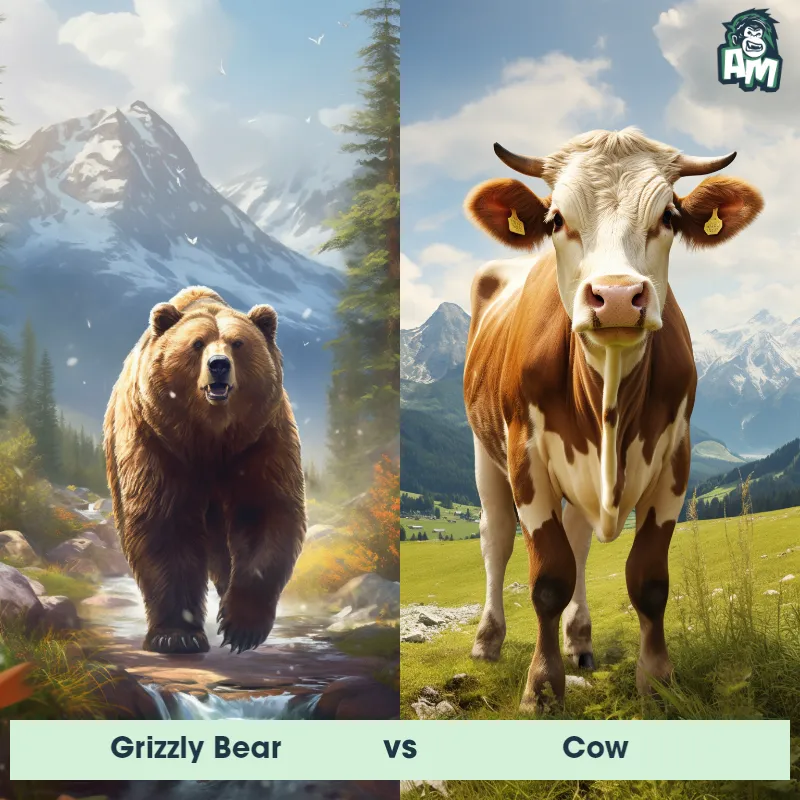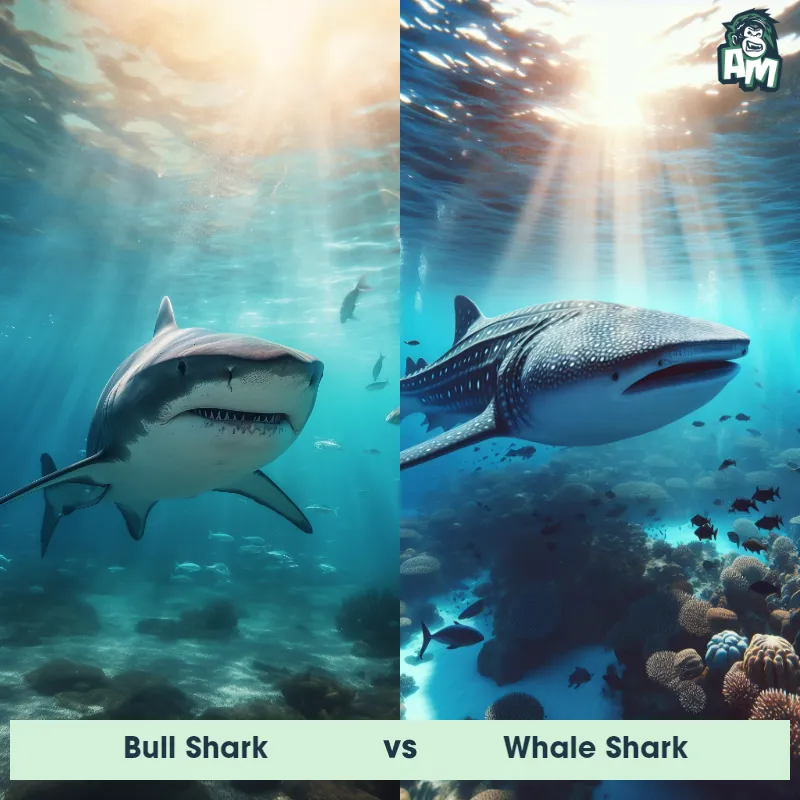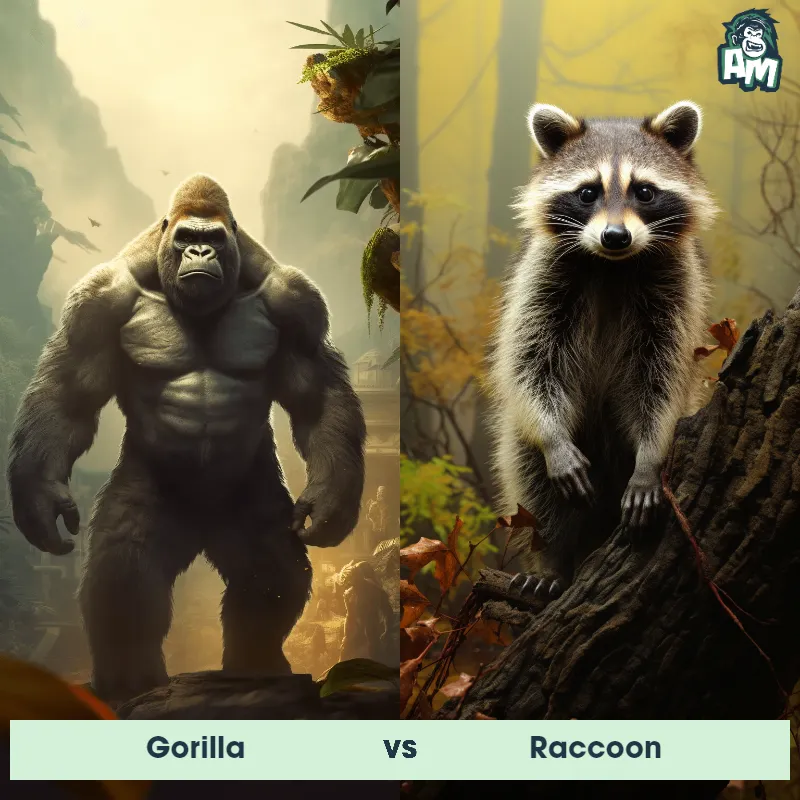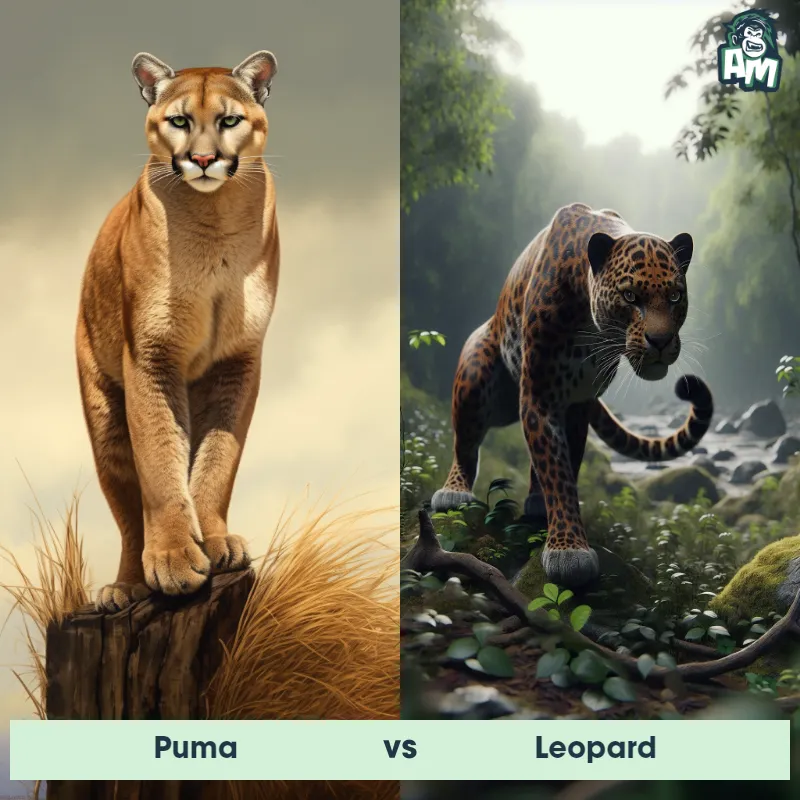Bobcat vs HawkSee Who Wins
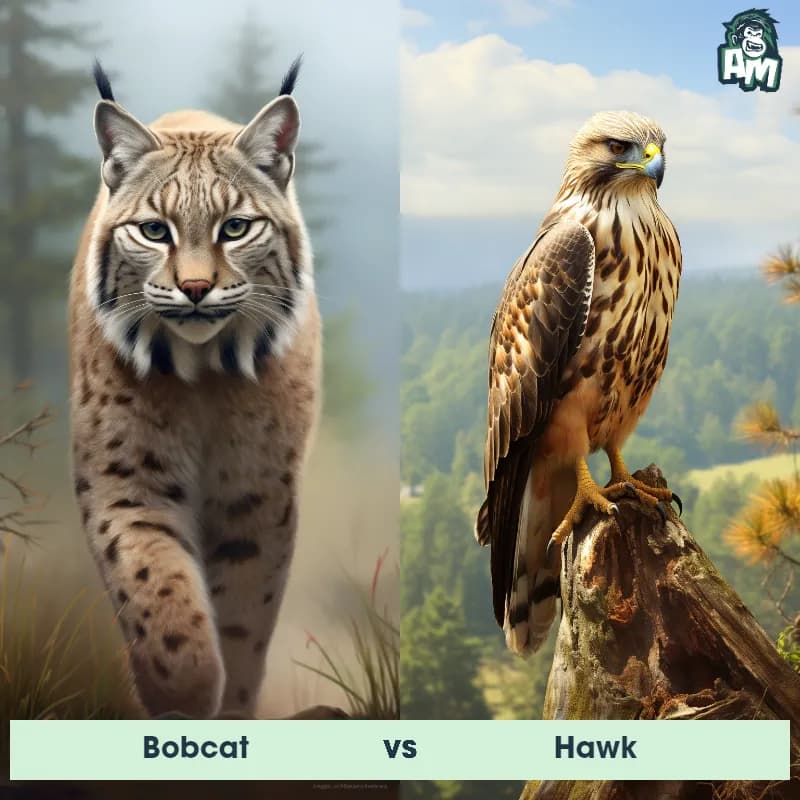
Ladies and gentlemen, welcome to this thrilling matchup in the wild! We've got an intriguing fight tonight between two fierce opponents. In one corner, we have the agile and cunning Bobcat, known for its quick reflexes and sharp claws. And in the other corner, we have the majestic and predatory Hawk, soaring high above with its keen eyesight and powerful talons. Both of these animals are at the top of their game, ready to battle it out for survival. Let's dive right into the action!
Contender 1: Bobcat
The Bobcat, also known as Lynx rufus, is a medium-sized wild cat native to North America. They have short, reddish-brown fur with black spots and tufted ears. Bobcats are known for their distinctive short tails, which are only 5-6 inches long. They are solitary animals and are most active at dawn and dusk. Bobcats are skilled hunters and prey on small mammals, birds, and reptiles.
Fun Fact: Bobcats are excellent climbers and can easily scale trees to escape predators or hunt prey.
Contender 2: Hawk
The hawk is a bird of prey known for its sharp vision, hooked beak, and powerful talons. Hawks are found all over the world except in polar regions. They come in a wide range of sizes, with some species being as small as a pigeon, while others can grow to a wingspan of up to 55 inches. Their diet primarily consists of small mammals, birds, and reptiles. Hawks are generally solitary creatures, often seen soaring high in the sky in search of their next meal.
Fun Fact: Hawks have some of the sharpest eyesight in the animal kingdom, with some species able to spot a mouse from a height of a mile.
Matchup Stats
| Bobcat | Hawk | |
|---|---|---|
| Size | 2-3 feet (0.6-0.9 meters) in length | Up to 22 inches (56 cm) in length, wingspan up to 55 inches (140 cm) |
| Weight | 15-30 pounds (6.8-13.6 kilograms) | Up to 4.5 lbs (2 kg) |
| Speed | Speed: 30 mph (48 km/hr) | 150mph (241km/h) |
| Key Strength | Powerful legs and sharp claws | Sharp vision, hooked beak, and powerful talons |
| Biggest Weakness | Small size compared to other predators | Limited ground mobility |
Current Votes
Bobcat vs Hawk
See Who Wins
View More Matches
Looking For More?
Similar Matches
Scientific Stats
| Bobcat | Hawk | |
|---|---|---|
| Scientific Name | Lynx rufus | Accipitridae |
| Family | Felidae | Accipitriformes |
| Habitat | Forests, deserts, suburban areas | Forests, deserts, grasslands, fields, mountains, and coastal regions |
| Geography | North America | Worldwide except in polar regions |
| Diet | Small mammals, birds, reptiles | Small mammals, birds, and reptiles |
| Lifespan | 10 years - 15 years | 10 years - 30 years |
Key Differences between Bobcat and Hawk
- Coloration: Bobcats have short, dense fur ranging from reddish-brown to gray with black spots or streaks, while hawks display a wider range of colors such as brown, beige, or gray on their feathers with various patterns and markings depending on the species.
- Size: Bobcats are smaller than hawks, typically measuring around 26 to 41 inches in length and weighing between 11 to 30 pounds, while hawks can vary greatly in size but generally have a wingspan ranging from 20 to 56 inches.
- Body shape: Bobcats have a stout, muscular body with relatively short legs and a bobbed tail, while hawks have a streamlined body structure with long legs designed for perching and sharp, curved talons for hunting.
- Flight style: Bobcats are terrestrial animals and are incapable of flying, whereas hawks are specialized aerial predators, soaring high in the sky, flapping their wings to gain altitude, and using their keen eyesight to spot prey on the ground.
- Facial features: Bobcats have a broad face with prominent cheek ruffs, short ear tufts, and a prominent nose, while hawks possess a hooked beak, large eyes located on the sides of their head, and sharp, curved upper beaks for tearing prey.
- Hunting techniques: Bobcats are stealthy predators that rely on their agility, camouflage, and powerful pounces to ambush small mammals, while hawks employ various hunting techniques depending on their species, including soaring, hovering, or perching before swooping down on their prey with great speed and accuracy.



